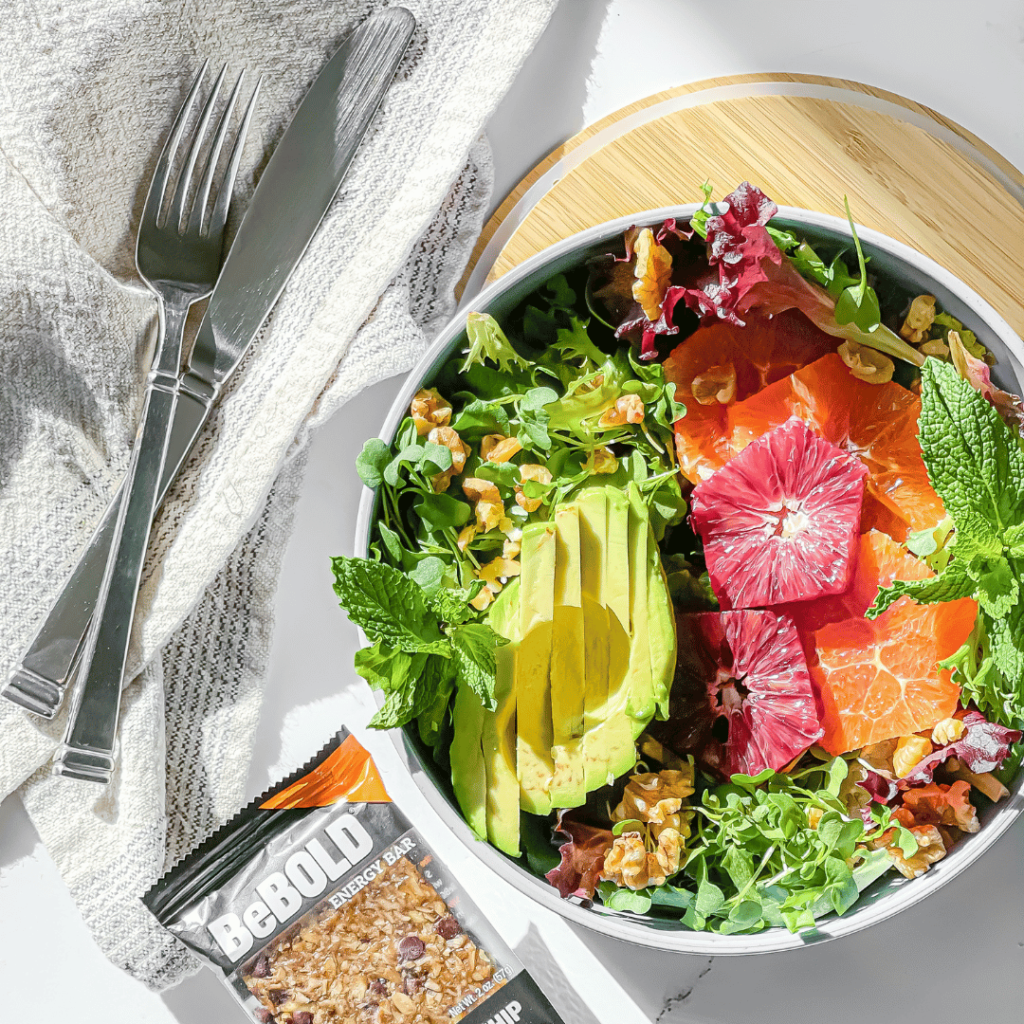Nutrition shouldn’t be complicated and messy. Unfortunately it often is because research is tricky, people are diverse and everyone has a different opinion. Although healthy eating can feel tricky and personal, the basic message should not change: eat more vegetables and fruits, choose whole grains and opt for lean protein (skinless chicken breast, 93% lean ground beef, turkey, tuna, pork loin and eggs) Building a balanced plate based on these three principles can take a lot of the stress out of nutrition
Why is a balanced plate important?
What does a balanced plate mean? A balanced plate will give you all of the necessary nutritional components to feel satiated, satisfied (physically and emotionally) and energized. Most importantly a balanced plate leads to physical health and a healthy relationship with food. Building balance sounds tricky since that could mean different things for everyone but if you bring it back to basics it’s pretty easy. Bringing it back to basics means we need to talk about macronutrients. Macronutrients are the nutrients that your body needs in large amounts to thrive and survive, they are the key components of a balanced plate and consist of proteins, carbohydrates and fat.
Protein
Protein will make you feel full and it plays a role in tissue and muscle synthesis. Your body also uses protein to make enzymes and hormones. Every cell in your body contains protein. Unlike fats and carbs your body can’t store protein, so you need to consume it daily. Depending upon your particular preferences, your protein choices may come from plant based proteins, animal based proteins or both !
Carbohydrates
Carbohydrates are the body’s main source of energy for both mental and physical activity. There are three different types of carbohydrates: sugars, starches and fiber. Sugars are also called simple carbohydrates and they are found in candy, processed foods, fruits, vegetables and milk. Starches, also called complex carbohydrates, are found in bread, oats, pasta, rice, cereal, and starchy vegetables like beans, potatoes, peas, and corn, just to mention a few. Fiber is also a complex carbohydrate but it’s a carbohydrate that your body can’t digest. Eating foods high in fiber can help you feel full and satiated. Diets high in fiber may help improve digestion, lower cholesterol and control blood sugars. Fiber is found in foods that come from plants including veggies, fruits and whole grains.
Fats
Fats can be categorized as saturated or unsaturated. Unsaturated fats are typically plant based or seafood based. Think avocado, nuts, nut butters, olive oil, salmon, sardines, and seeds. Saturated fats are mainly found in animal foods like chicken, beef, and dairy. Just like protein, fat also helps with satiety. Fat plays an important role in the absorption of vitamins A, D, E and K. Fatty acids such as omega-3, found in fatty fish, have shown to support cardiovascular and brain health .
How to build a balanced plate
The standard and general way of building a balanced plate is to divide your plate into: 1/2 plate of non-starchy vegetables; 1/4 plate carb/starches (rice, pasta, oats, bread), 1/4 plate lean protein and 1-2 tbsp of healthy unsaturated fats. This way of eating is called The Plate Method and emphasizes a wide variety of healthy foods and no restrictions! You can apply this to any meal or snack. For a snack you may choose cucumber, carrots and peppers as your non-starchy vegetables, hummus as your protein source, crackers as your starch and a drizzle of olive oil over your hummus as your healthy fat. For breakfast, as an example, think omelet; spinach, onions and tomatoes as your non-starchy veggies, eggs as your protein source, fruit or bread as your carb/starch and avocado as your source of healthy fats. When building your plate opt for lots of color, this way you are making sure you are getting a variety of micronutrients your body needs. And last but not least, remember to include fun foods that you love. Healthy and balanced eating is not about strict nutrition philosophies or depriving yourself of the foods you love, it’s all about balance.
By Mariana Dineen, Elemento Health

